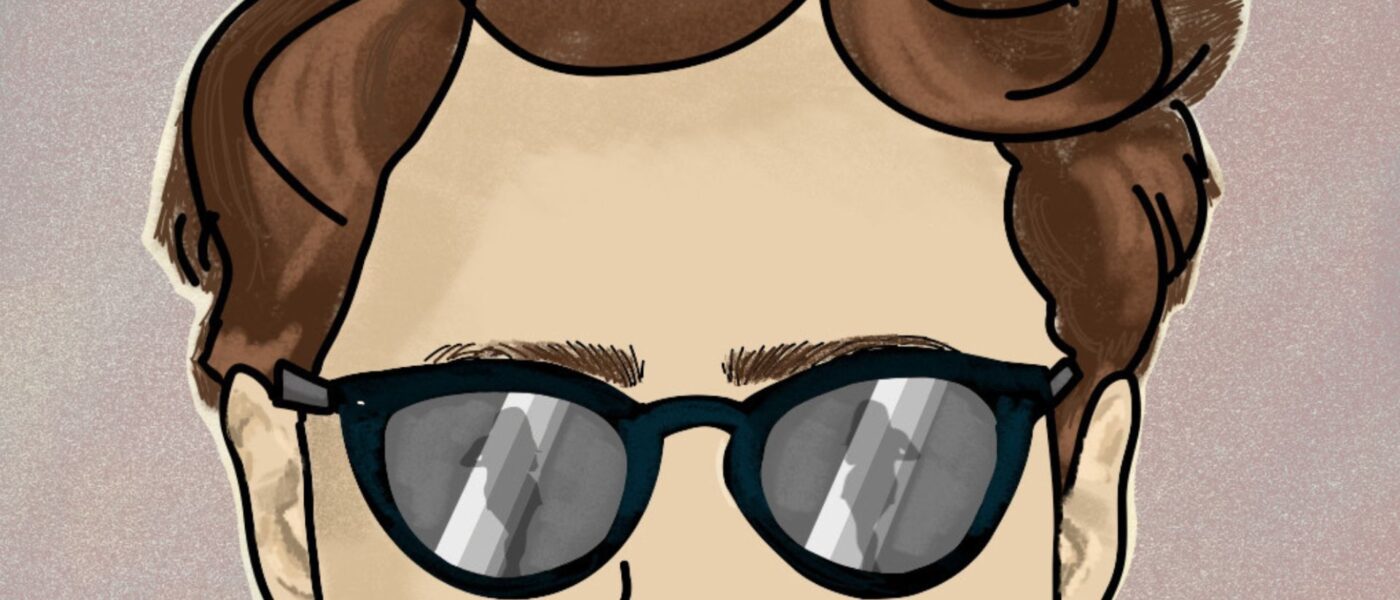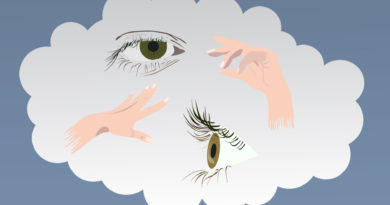The Female Gaze Doesn’t Exist
By Katarina Azpiri and Nicole Del Rio
Everyone by now has heard of the male gaze. Coined by Laura Mulvey, a British feminist filmmaker, the term reflects how corporate and societal needs are shaped to fit men’s desires. In recent years, there has been a wave of people claiming to dress for the female gaze, as if that were the opposite of the male gaze.
However, the female gaze doesn’t exist. Replacing the word “male” for “female” doesn’t change the problematic issues behind it, namely, the idea that we must dress for others and that women are inherently objects to be observed.
Beauty standards and the way we view attraction has been skewed, not necessarily by men’s sexual desires, but by corporate greed.
To give an example, think of Megan Fox in Transformers, and how her character fixed cars in sexy poses as male gaze versus her character in Jennifer’s Body using her attractiveness to exert her revenge on men as female gaze. Those scenes are meant to appeal to different audiences but by reducing the characters to their sex appeal—is the female gaze as revolutionary as it claims?
Beauty standards have historically been tied to capitalism. Everyone wants to be beautiful and everyone is willing to spend money to achieve whatever is marketed to them as cool. Aging is a natural part of life and yet the beauty industry has made $4.9 billion in the United States alone from anti-aging products.
An example of the male gaze’s cultural impact is shaving. The flapper girl aesthetic was originally supposed to be about female liberation, but it was weaponized to create new insecurities. When razor companies wanted to expand their reach and started marketing to women, the knee length dresses were the perfect time to strike. Ads started to market female leg hair as unattractive just to get women to buy razors.
The female gaze was meant to counteract the male gaze but ultimately it just set a new standard. It’s still telling people to buy products to appeal to a standard set by predominately male CEOs instead of developing their own style.
The whole concept of beauty and attraction has been skewed for corporate profit, so just because a woman is dressed in what the media has taught us to find unattractive, does not constitute a female gaze. It’s just a new set of standards set by the media. The female gaze does not exist because women did not set the standard.
Identity and attraction is deeply personal and unique. The fluidity of attraction goes beyond gender as we’ve seen people change what bodies and personalities can be attractive in the name of whatever we are told is trendy at the moment.
The term female gaze is not the savior of the male gaze because it still encourages objectification. The solution to the male gaze will only come from self-discovery not trends.


